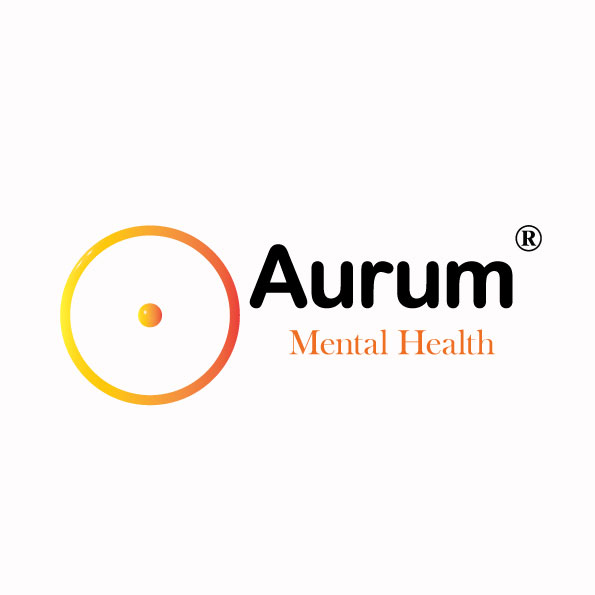A balanced child
- Aurum Mental Health

- Feb 20, 2023
- 3 min read
Updated: Feb 21, 2023

Vestibular development (system related to balance, control and spatial orientation), cognitive development (development of skills such as perception, attention, memory, reasoning, abstract thinking and problem solving), and Psychological development (emotional and behavioral development) are closely related in children.
During the first years of life, the vestibular system and the brain work together to help the child understand and interact with her environment. For example, sensory experiences like rocking, twisting, and spinning help develop spatial awareness and memory, which in turn enhances cognitive development.
In addition, vestibular development also contributes to physical coordination, fine and gross motor skills, posture, and balance, all important skills that drive cognitive and emotional development.
In this sense, the experience of children's movement plays an essential role in shaping their personality, their feelings and their achievements, through the stimulation it provides and the adequate neurological development it triggers.
Learning to read, write or know mathematics are superior capacities that are built on the integral relationship that is established between the body and the brain, that is, the notions of space and balance that the child can develop.
The first 9 months of life are the second half of gestation, in the sense that the immature nervous system of the newborn finishes developing, in this way, the different stimuli and the different stages of motor development are reflected in the development of the brain.
Thus we can realize the imperative need to provide a growing child with an environment rich in movement stimuli that challenges her to increasingly overcome her balance capabilities.
Balance is not something that you have automatically, it is something that is created around the first year of life, the maturation of the vestibular connections takes place up to 7 years of life and is finished refining until puberty.

Also the connection of the vestibular system with the limbic system (center of emotions), causes that a hyper or hypo activated vestibular leads to an over or under arousal of the limbic system that will respond by alerting the sympathetic nervous system (through the fight or flight reaction ) or parasympathetic (circadian rhythm disturbances). Causing behavioral alterations typical of "spoiled" children, irritability, aggressiveness or difficulty sleeping.
What are the general symptoms of a vestibular disorder in childhood?
There are several signs that indicate when the development of a child's balance is not at an adequate level, it is also important to detect them since, as mentioned above, these indicators can predict a future behavior problem or learning problems.
These are:
They fall more and hurt themselves more, because they have righting or protective reflexes when falling.
Greater hyperactivity and distraction due to lack of modulating activity (filter) of impressions.
They feel disoriented in space.
They do not get dizzy, even after a lot of movement.
They may have difficulty in sphincter control.
They don't speak well about their age. The poor communication between the two hemispheres, which makes it ambidextrous, without good control of any side of the body, leads to language problems, since there is an area in each hemisphere and both have to be able to interact correctly.
Problems in reading or mathematics, since they require great guidance.
Nystagmus (eye movement) shorter after turns.
Hypotonic muscle tone and rapid tiredness. Especially lack of tone in the neck, having trouble keeping the head elevated.
Lack of coordination between both hands and both feet. Lack of manual dexterity, with a tendency to be ambidextrous.
Loss or lack of balance when there is a lot of external stimulation.
Restlessness.
Difficulty listening.
Difficulty reading aloud.
Spatial orientation difficulties, especially backwards.
Difficulties creating mental images.
In summary, vestibular development and cognitive development are interdependent and complementary in children. By encouraging vestibular development through physical activities and play, parents and caregivers can help enhance children's cognitive and emotional development.
Control is acquired through movement. Consequently, the child does not acquire control and balance by being forced to sit still for hours. In this sense, the rate of "hyperactive" and "attention deficit" children should not surprise us more and more in a more sedentary society in which parents encourage sitting in front of a cell phone, computer or television screen for hours.
Finally, there is treatment when a child presents these problems, which begins with a correct assessment by a duly qualified specialist (neuropsychologist, stimulator or psychologist specializing in psychomotor skills), and then starting an adequate rehabilitation plan that covers both areas of movement as cognitive

Comments